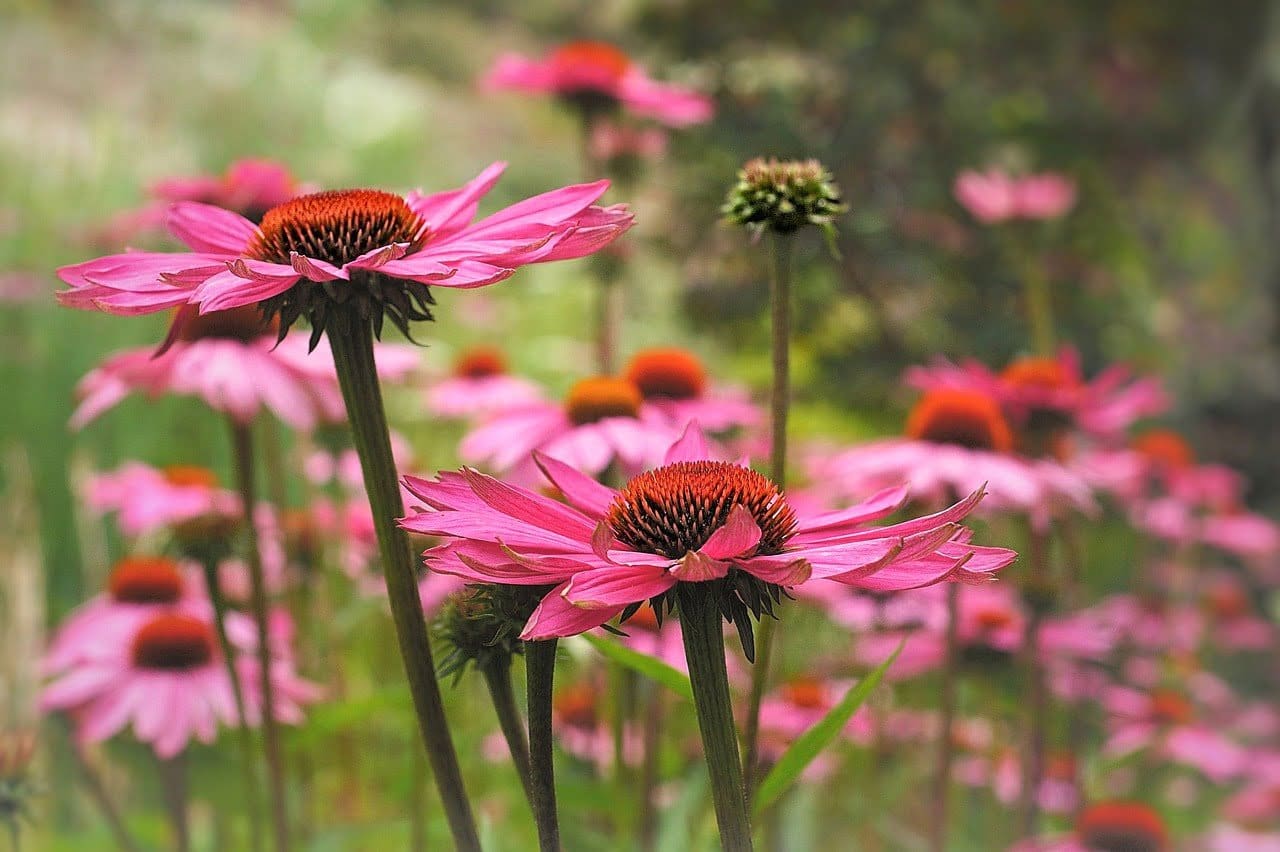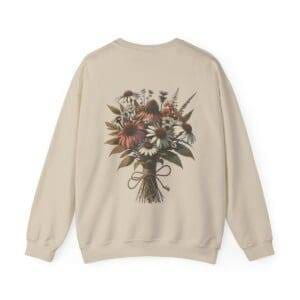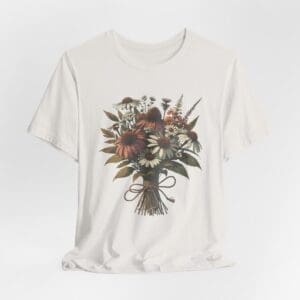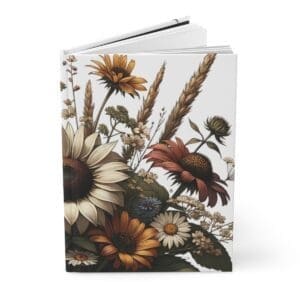A garden that bursts with colourful blooms throughout the year is a joy to behold. With careful planning and selection of flowering plants that bloom in different seasons, you can create a year-round blooming paradise right in your own backyard. In this blog post, we’ll explore some of the best flowering plants for every month of the year to help you create a continuous floral display from January through December.
Planning Your Year-Round Blooming Garden
Achieving a year-round bloom requires strategic planning. Here are some tips to get you started:
- Consider your climate zone when selecting plants to ensure they are suited to your regional conditions. Choose plants with zoning appropriate for your area.
- Select flowering plants that bloom in different seasons – early spring, late spring, summer, fall, and even winter. This succession planting will give you non-stop colour.
- Combine annuals, biennials, and perennials to guarantee constant flowering. Annuals complete their life cycle in one season, biennials flower in their second year, and perennials return each year.
- Underplant spring bulbs like tulips and daffodils with annuals so that when the bulbs die back, you’ll have instant colour.
January
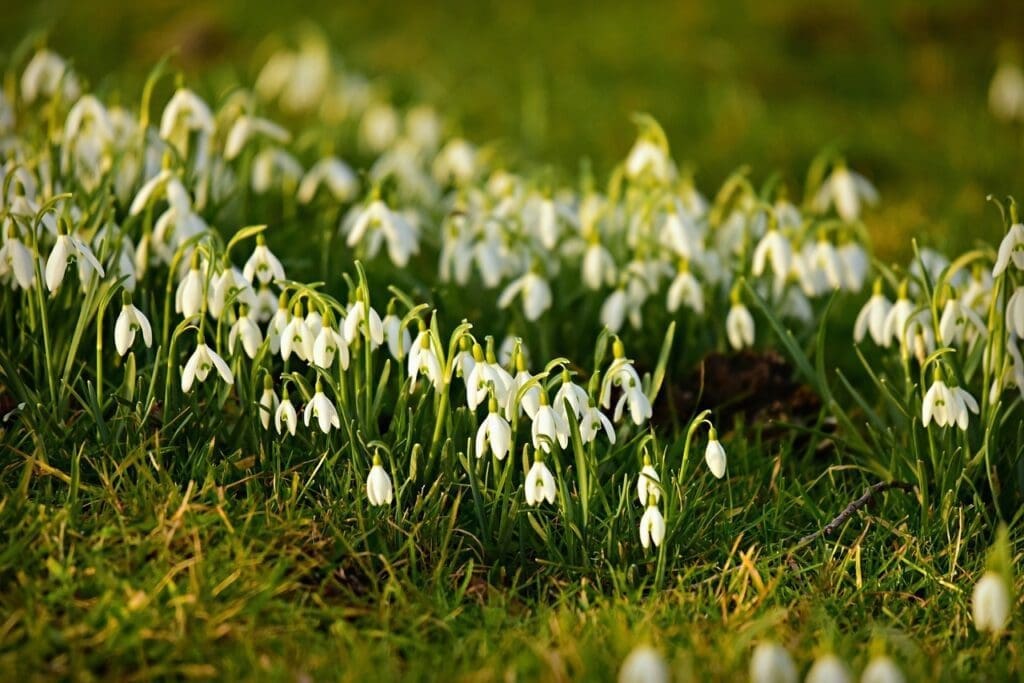
January is usually the coldest month of the year in the UK. It’s a quiet time in the garden, but you can add cheer with a few winter-blooming plants.
Popular winter-flowering options like snowdrops, winter aconites and fragrant witch hazel will brighten the bleakest days. Plant in drifts for best impact. Protect from frost with a insulating mulch.
February
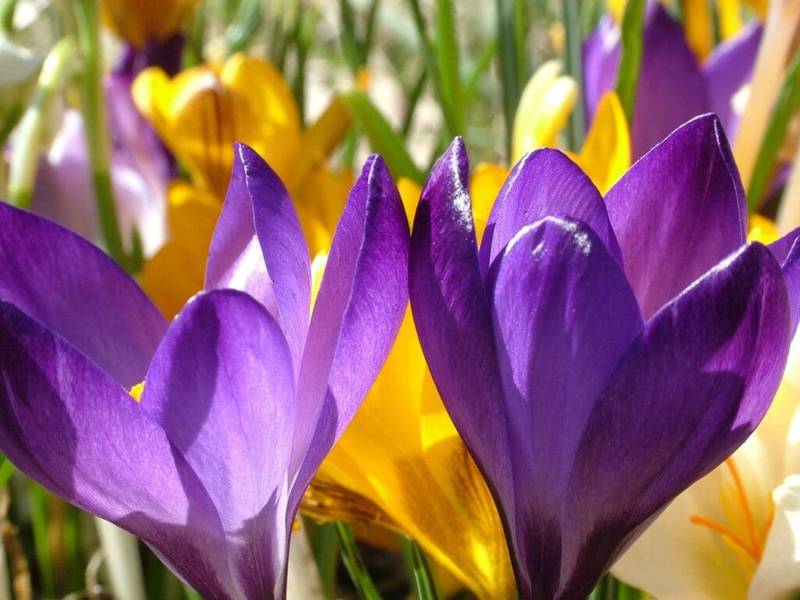

February sees the earliest signs of spring in the form of cheerful crocuses, daffodils and hyacinths. Plant bulbs in autumn for a colourful February garden. Choose mini narcissus, like Tête-à-Tête, for early blooms.
Give winter pansies and violas a trim to encourage fresh growth. Prune shrubs like winter jasmine and clematis once they’ve finished flowering.
March
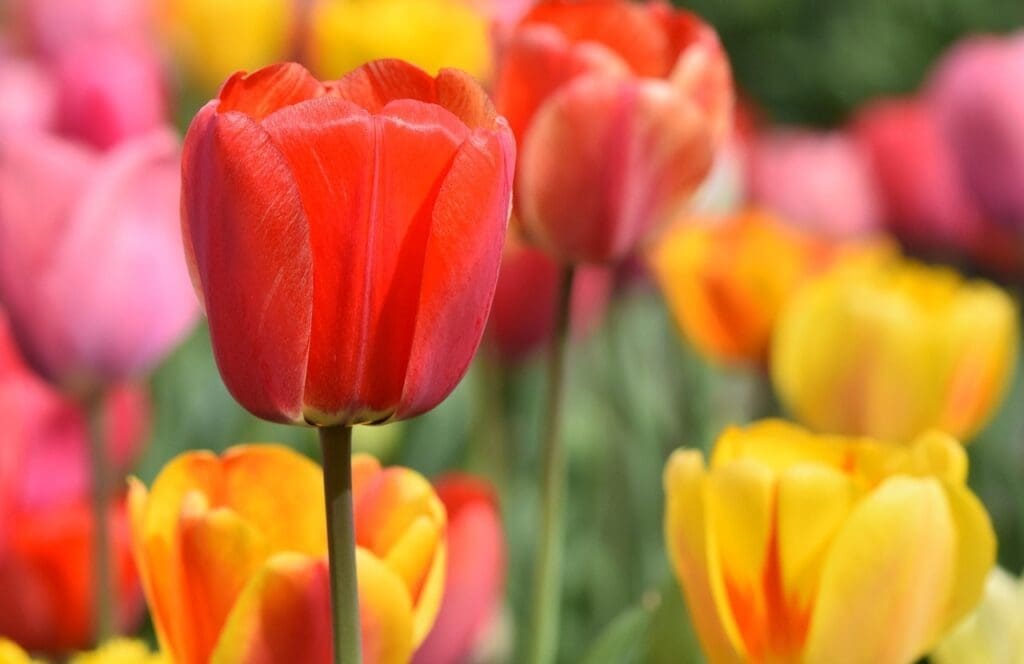

March heralds a floral spectacle as spring gets underway. Feast your eyes on drifts of daffodils followed by a sea of tulips in jewel colours. Underplant with pansies, violas or wallflowers for continuous colour.
Early spring bloomers like magnolias, camellias and rhododendrons add evergreen structure. Prune flowering shrubs right after blooming finishes.
April
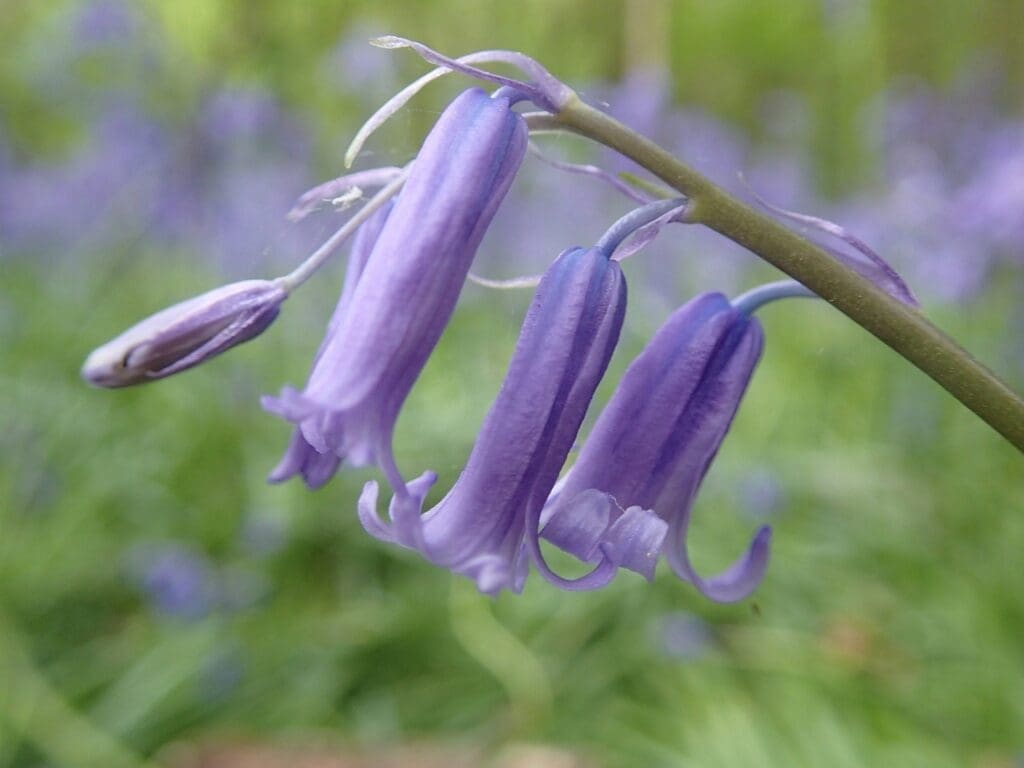

April showers bring May flowers! Cherished spring highlights like lilacs, cherry blossom and apple blossoms burst onto the scene. Cool weather annuals like snapdragons, stocks and sweet alyssum flourish.
Extend daffodil season by planting varieties that bloom at different times. Weed and topdress beds with fresh compost or organic fertilizer.
May
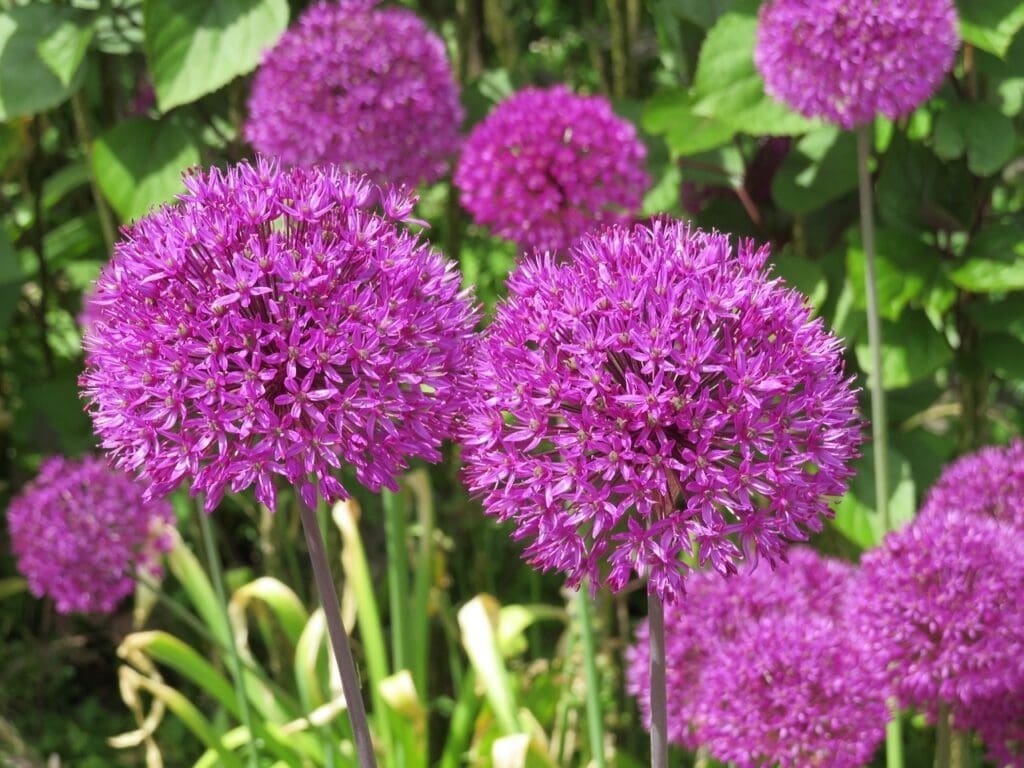

The floral spectacle continues in May! Lush beauties like peonies, iris and roses adorn the garden. As spring bulbs fade away, filler annuals like petunias, marigolds and geraniums take centre stage in pots and beds.
Stake tall perennials to prevent flopping. Prune spring flowering shrubs and fertilize roses after their first flush of blooms. Deadhead spent flowers regularly.
June
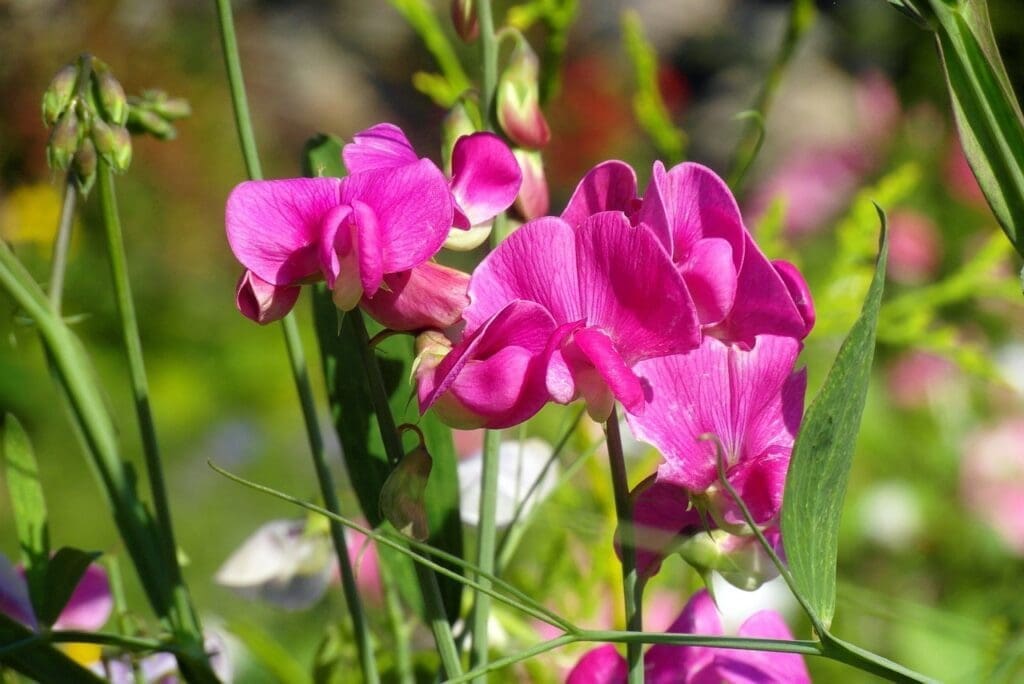

June brings the longest days of the year and many years of lush blooming colour. Hydrangeas and foxgloves burst with colour. Clematis vines and rambling roses flower abundantly.
Provide midday shade for perennials if you live in a hot climate. Mulch beds to retain moisture. Deadhead flowers to encourage more blooms.
July
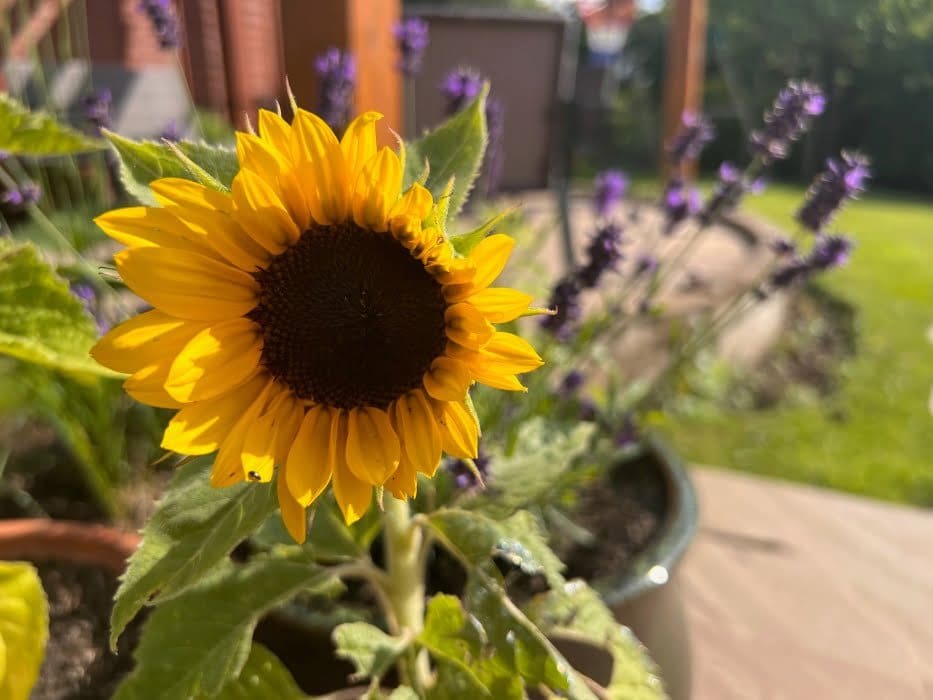

The heat is on in July but the garden still boasts bountiful blooms like sunflowers, daylilies, lavender and bee balm. Water regularly during dry spells.
For tropical colour, try canna lilies, hibiscus and bougainvillea in containers. Pinch back leggy annuals to encourage bushy growth. Fertilize containers monthly.
August
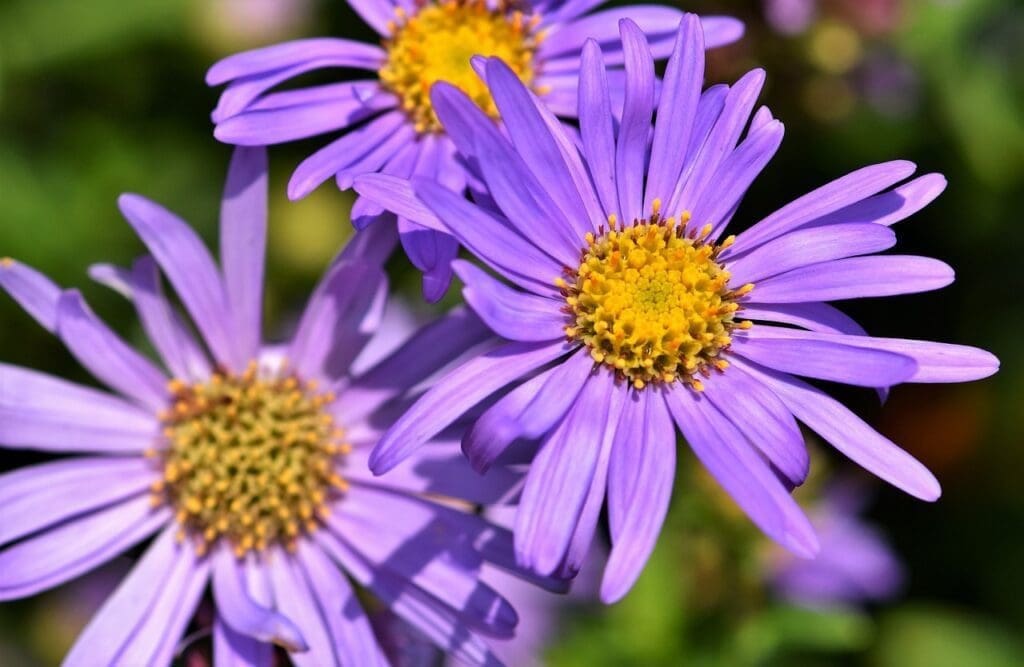

August ushers in the last days of summer with gardens awash with colour. Zinnias, rudbeckia, asters and coneflowers bloom in a sunset palette. Feed containers and reblooming roses.
Collect seeds from annuals and perennials. Prune early flowering shrubs like spirea and potentilla. Weed and mulch beds one last time before winter.
September


September sees autumn arrive in the garden. Blooms shift to rich reds, oranges and yellows. Chrysanthemums, asters, sedums and grasses star in the autumn garden.
Divide overgrown perennials and share with friends. Keep deadheading flowers to delay frost damage. Bring containers inside before first frost.
October
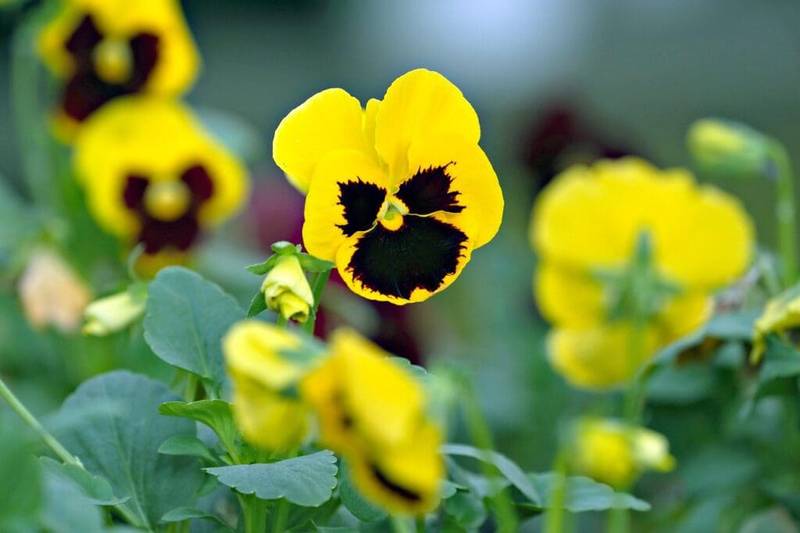

October brings cooler weather but the garden still offers delightful colour. Flowering kale and pansies are perfect for fall containers. Dahlias and roses bloom until frost.
Plant spring bulbs like tulips before the ground freezes. Leave faded flower heads on hydrangeas for winter interest. Stop fertilizing roses by mid October.
November
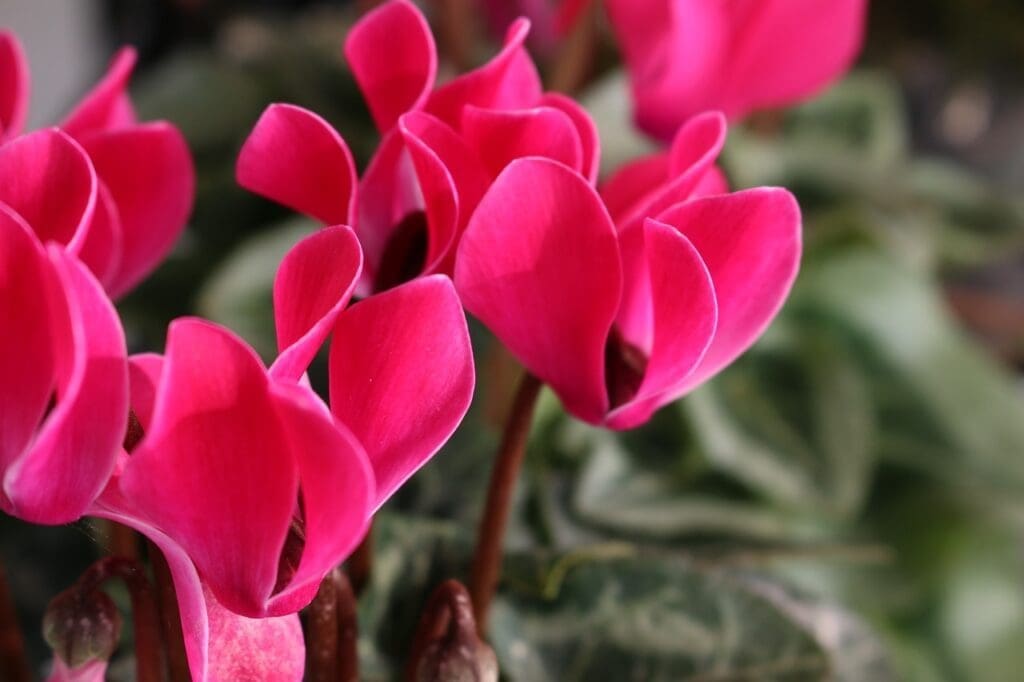

November damp days don’t deter a few hardy blooms. Cheery cyclamen and Christmas rose light up shady spots. Chrysanthemums flower until Thanksgiving.
Protect roses and other tender plants from first frost. Clean up beds by cutting back dead growth. Leaving healthy seed heads provides winter bird food.
December
December, the start of winter, calls for seasonal blooms. Poinsettias, Christmas cactus, paperwhites and amaryllis add holiday cheer indoors and in the garden.
Decorate with winterberries, pine, holly and magnolia for natural winter appeal. Plant garlic and apply winter mulch to vacant beds.
Frequently Asked Questions – Flowering Plants For Every Month
Q. How can I choose the right flowering plants for my garden’s specific conditions?
Consider the sunlight, soil and moisture needs for the plants you select. Read plant tags and descriptions to ensure the plants match the conditions in your garden beds or containers. Group plants with similar needs together for easier care.
Q. What are some tips for caring for flowering plants throughout the year?
Regular watering, fertilizing, pruning and deadheading are key to keeping flowers looking their best. Provide shade in hot climates and protection from frost when needed. Divide overgrown perennials in fall. Mulch beds to conserve moisture and control weeds.
Q. How can I create a succession of blooms in my garden to maintain a year-round display?
Use a mix of bulbs, annuals, biennials and perennials that bloom at different times. Choose both hardy and tropical plants appropriate for your climate. Underplant spring bulbs with annuals. Stagger plantings of fast-blooming annuals for continuous colour.
Q. What are some common mistakes to avoid when planting flowering plants?
Failing to give plants enough sun, spacing them too close together, improper watering, and not fertilizing regularly can all cause lackluster blooms. Know a plant’s specific needs before planting and provide proper care for healthy flowers.
Ready to Create Your Year-Round Blooming Garden?
A flowering garden requires forethought and care but offers immense enjoyment in return. With the guidelines provided above and a passion for gardening, you can create a landscape that blooms in every month of the year.

